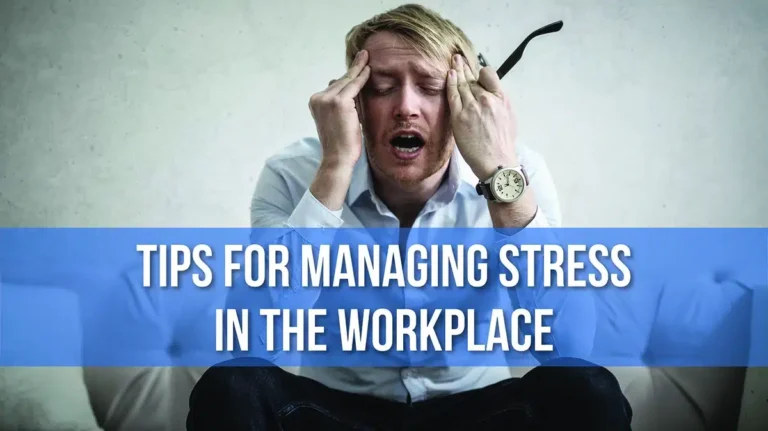8 Workplace Safety Guidelines for Your HR Department
When it comes to workplace safety, the Occupational Health and Safety Act (OSHA) sets and oversees the standards and requirements in providing safe, suitable working conditions for employees.
Human Resource departments have a big role in creating and maintaining safety procedures and standards by assisting management in ensuring employees are trained in and appropriately following organizational safety procedures. Below are 8 workplace safety guidelines to help your HR department better promote workplace safety practices.
1. Understand the Rules and Regulations
Different sizes and types of businesses have different safety standards, so staying educated and up-to-date on the requirements of your industry is imperative in maintaining a safe and compliant work environment.
2. Provide Training Programs
HR departments must ensure employees conform to OSHA regulations. This can be done by providing health and safety trainings to equip employees with knowledge of these regulations, and to teach skills such as first-aid procedures and emergency plans. Having skillful, knowledgeable employees helps reduce injuries and better prevents violations and the possibility of incurring hefty fines.
3. Build Opportunities for Education and Awareness
Incorporate training into everyday responsibilities and then schedule regular follow-ups. Create awareness by posting safety reminders in prominent locations. Having an active approach in education and awareness goes a long way to promote a safe environment.
4. Establish Trust Through Open Communication
Open communication between managers and employees keeps everyone up-to-date on safety issues. Trust ensures workers feel free to voice concerns, and in return, managers can effectively promote safety, whereas fear of discipline when reporting hazards or accidents can hinder workplace culture and trust. Having a higher trust level between management and employees also leads to higher morale productivity, teamwork, and employee engagement.
5. Promote Employee Health and Wellness
Happy, healthy employees better promote and maintain safe working conditions. Stressed employees can cost companies in multiple ways, including health care, missed work days and lower productivity. Help create workplace wellness by encouraging breaks, exercise, and awareness that employee health matters.
6. Implement a Strict Safety Policy
Some work environments are hazardous, high-risk zones, requiring extensive preparation and awareness to maintain employee safety. Job-hazard analysis provides objective views of where prevention and protection are needed while risk mapping provides a map of the physical work environment and where safety precautions can improve facilities. For places with less physical risks and hazardous zones, identifying and educating employees on all potential hazards is advised.
7. Coordinate with Management
Verify managers understand their roles in creating and maintaining safe work environments. Managers should carry out safety policies and establish their facilities and employees are equipped with the right personal protection equipment (PPE) and tools, such as anti-slip mats.
8. Perform Regular Safety Audits
Safety audits are comprehensive reviews of the quality and effectiveness of current safety programs, systems, and documentations. Although time-consuming, regularly performing them will improve your overall safety management procedures, which is well work your time and effort. Audits also ensure your current programs follow OSHA regulations and assess if any policies are overlooked or under-performed.
Human Resource departments have many responsibilities managing the workplace, but it’s important to your employees health that safety isn’t overlooked. These guidelines will help you manage workplace safety and prevent potentially disastrous consequences that will not affect your employees but also your bottom line.








